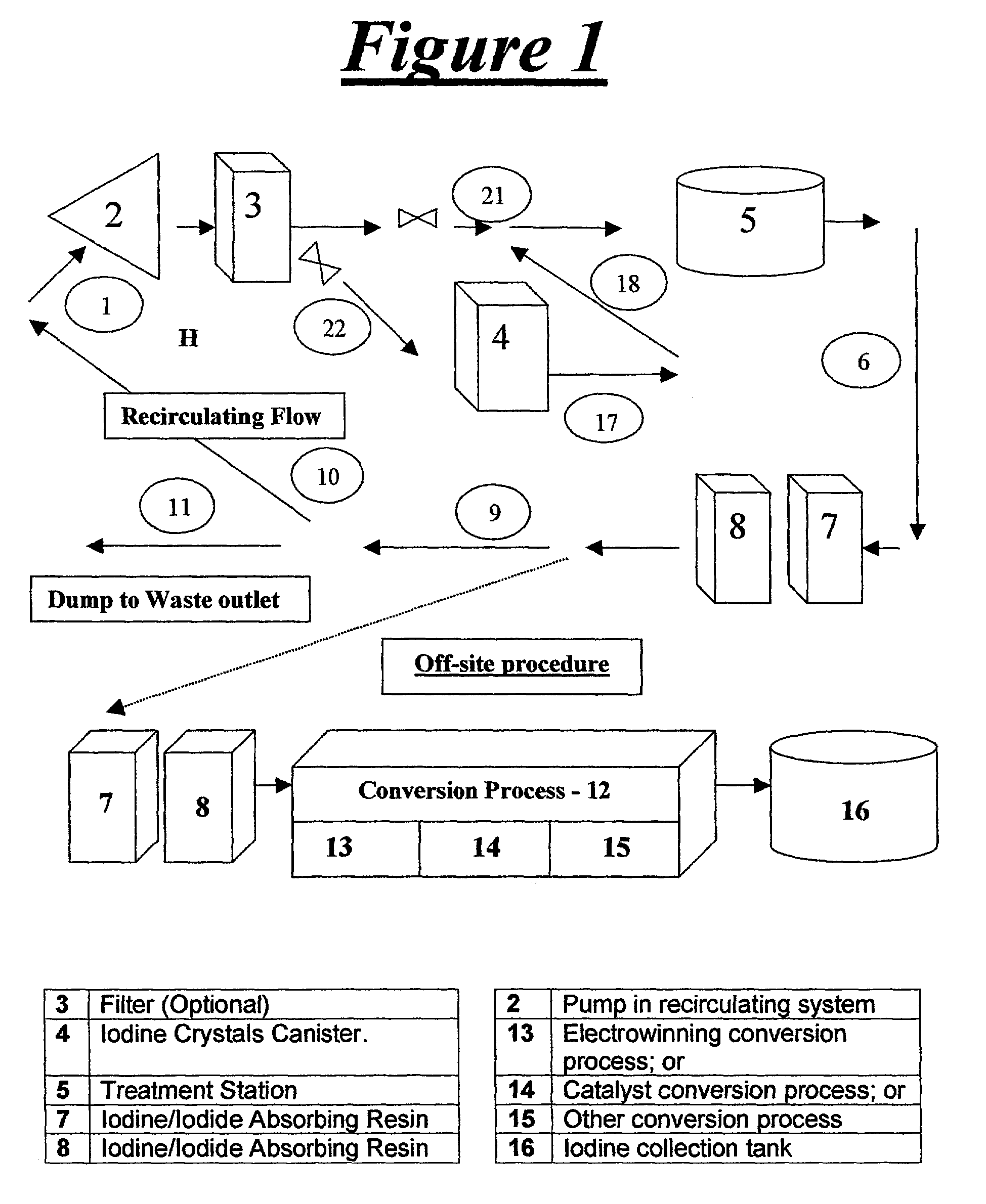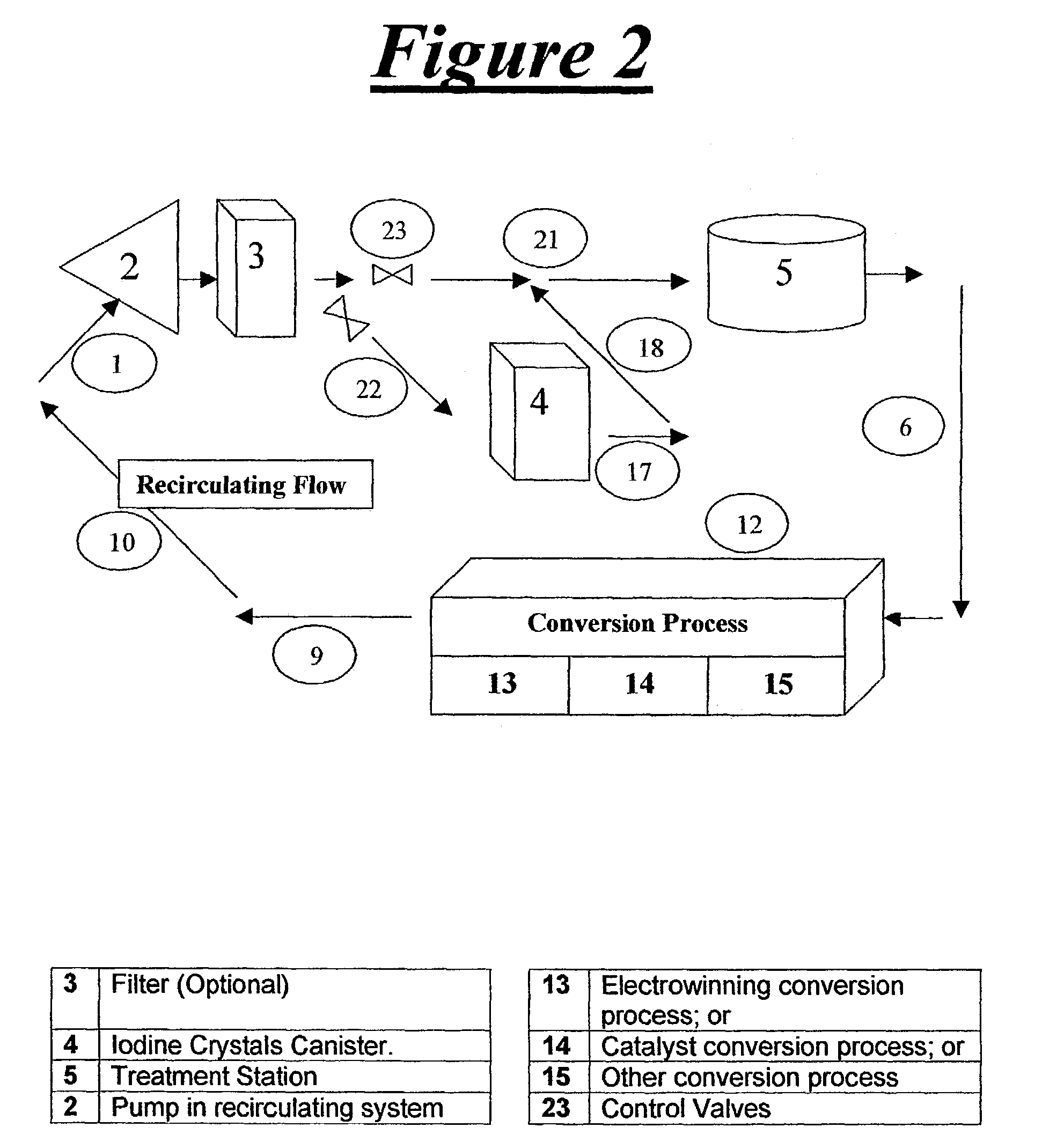Disadvantages of
chlorine used as a microbiological agent include the following:1 Formation of by products (trihalomethanes and chloro-furanones—THM's) that have been found to be mutagenic and carcenogenic and are subject to increasing worldwide government regulation.2 As
chlorine is a gas at
room temperature it is extremely toxic.3
Chlorine is corrosive potentially adding a significant cost to accelerated equipment replacement.4
Chlorine has high sensitivity to changes in pH and temperature and is only effective in a
narrow band of pH and to achieve this desired
pH level requires constant monitoring and adjustment.5 Continued use can significantly affect the quality of the
wash water that is required to be disposed of at the end of a disinfection process leading to the growing need to treat this waste water prior to disposal.6
Chlorine is required to be used in many
sanitation operations involving food stuffs at high levels (up to 250 ppm) to achieve acceptable microbial kill rates.
One of the difficulties with the known systems is to maintain an optimum amount of active iodine delivered into the target
water supply for the specified purpose.
To date there has been no effective
system which can effectively and economically guarantee the delivery of exactly the right amount of active iodine at higher levels into the water used to wash produce in the case where iodine is used for food sanitization or into water delivered through reticulation networks, not only to prevent waste of iodine and economic loss but also to ensure that there is an acceptable minimum of active iodine.
The processes described in those US patents do not teach the use of means to effectively and economically control delivery of iodine in a water
stream, nor do they disclose collection and conversion of
iodide to iodine species for re use in the process.
This is an expensive method of monitoring the level of active iodine and the resin rich in bound iodine is very expensive.
In addition, the capacity of the resin is limited and reloading techniques in the field would be difficult to maintain in high
water flow conditions.
This is due to the slow dissolving rate of iodine from known iodine beds and the limitation of the release rate and saturation of the anion exchange resins.
However, the operating range of these resins is limited and they all exhibit a severe depletion curve becoming ineffective at approximately 40% saturation.
The known iodine purification processes are limited in their applications because they;do not teach a practical method of continuously delivering concentrations of active iodine up to 25 ppm within a high volume flow rate environment;do not teach how to provide for the constant removal of
iodide and iodide specie bi-products from the
wash water;do not teach how to stop the exhaustion of active iodine by interaction with the iodide specie present in the
wash water;do not teach a process that can use iodine as a
sanitation biocide for use in environments that have high organic and
bacteria loads;do not teach a process to collect iodide bi-products and convert the iodide back into iodine;
The known processes do not teach an economic method or arrangement for maintaining the iodine level at a predetermined optimum level.
Furthermore, the prior art does not teach the application of controlled iodine purification processes to water reticulation networks and in such applications as fruit and vegetable washing, fresh
cut food operations,
food processing plants, swimming pools, cooling towers, town water supplies, tanks and the like.
The prior art does not teach such a process alone or in combination with a
recovery process in which surplus iodine and iodide can be recovered from the process for respective re use and conversion to iodine for reuse.
However, the strong oxidizing effect of
chlorine in water with a moderate to high organic load results in a number of different complex compounds (trihalomethanes or THM) which can become a significant
environmental hazard.
Chlorine dips can also cause soil
pollution with continuous re use on farms.
 Login to View More
Login to View More 


